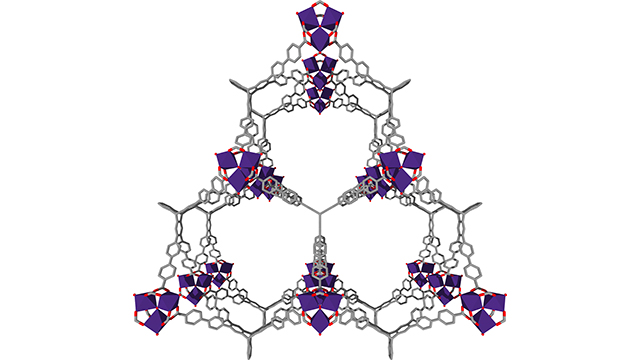Researchers at the IIN are working to create a cleaner, greener future.
Mission
- Develop nanostructured materials that can be used to improve the performance of conventional fossil fuels
- Devise nanostructured materials that increase the economic feasibility of solar energy solutions
- Develop nanosystems that can store excess energy and increase the viability of the use of alternative energy sources or stabilize our energy grid
- Progress nanostructured materials that can transform waste heat into useable energy sources
Vision
- Decrease our dependence on fossil fuels and put the U.S. on the path towards energy independence
- Develop new types of nanotechnology-enabled batteries that last longer than conventional ones
Transforming solar energy, light sensors, and optical displays

Halide perovskites are a type of crystal with unique optical and electronic properties that have shown extraordinary promise as the basis for next-generation solar cells, light-emitting diodes (LEDs), and radiation detectors.
In particular, perovskite solar cells are advancing faster than any other solar technology, with efficiencies that are already comparable to the best conventional solar materials and continuing to grow at a rapid pace.
IIN researchers are exploring ways to harness the potential of these materials, including organizing them into nanoscale layers that improve their capabilities and durability in outdoor settings.
Learn more:
Reimagining power sources for next-generation vehicles

A team of IIN researchers has designed and synthesized new materials with ultrahigh porosity and surface area for the storage of hydrogen and methane for fuel cell-powered vehicles. These gases are attractive clean energy alternatives to carbon dioxide-producing fossil fuels.
The designer materials, a type of a metal-organic framework (MOF), can store significantly more hydrogen and methane than conventional adsorbent materials at much safer pressures and at much lower costs.
Developing new adsorbent materials that can store hydrogen and methane gas onboard vehicles at much lower pressures can help scientists and engineers reach U.S. Department of Energy targets for developing the next generation of clean energy automobiles.
Learn more: